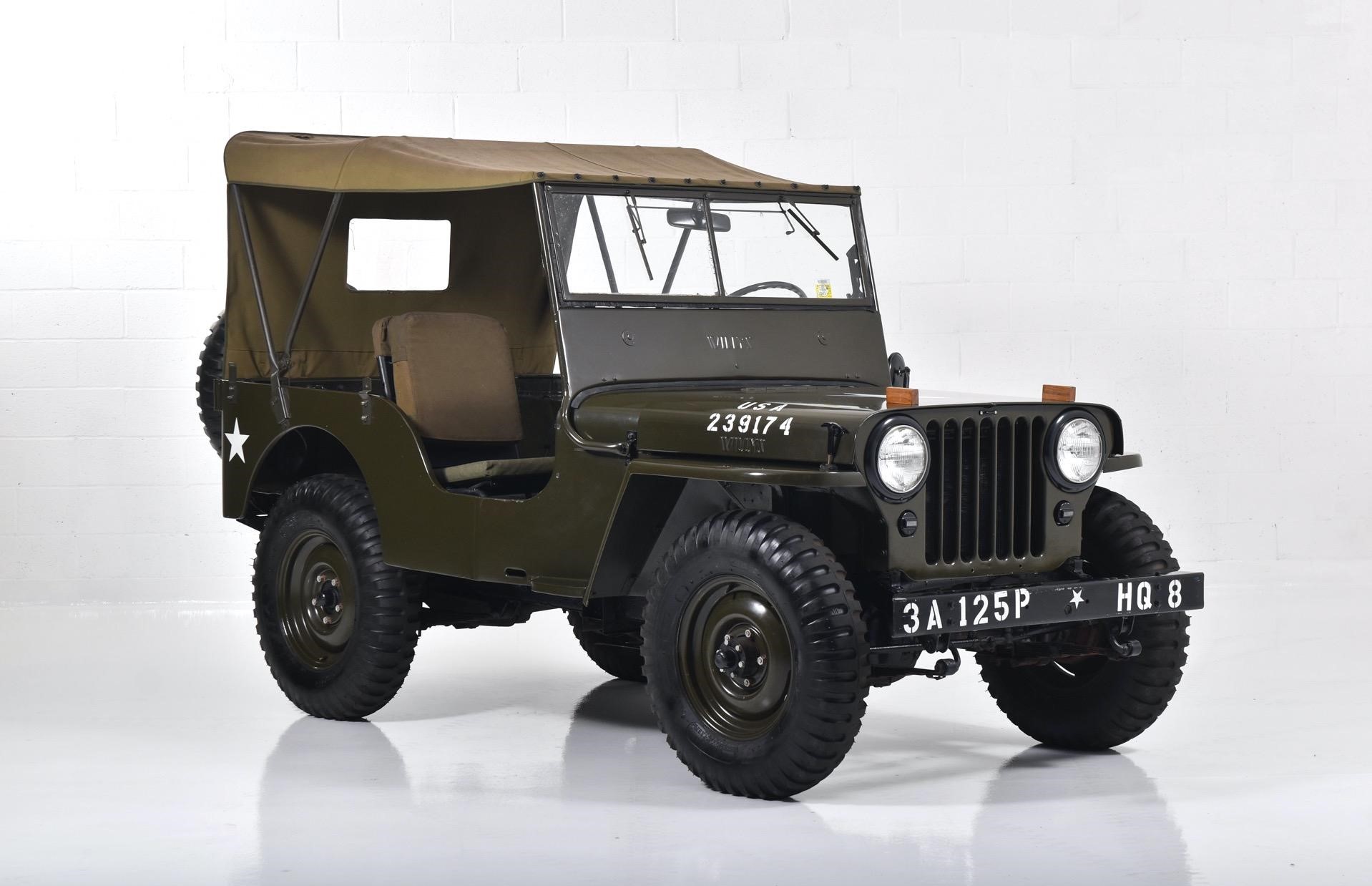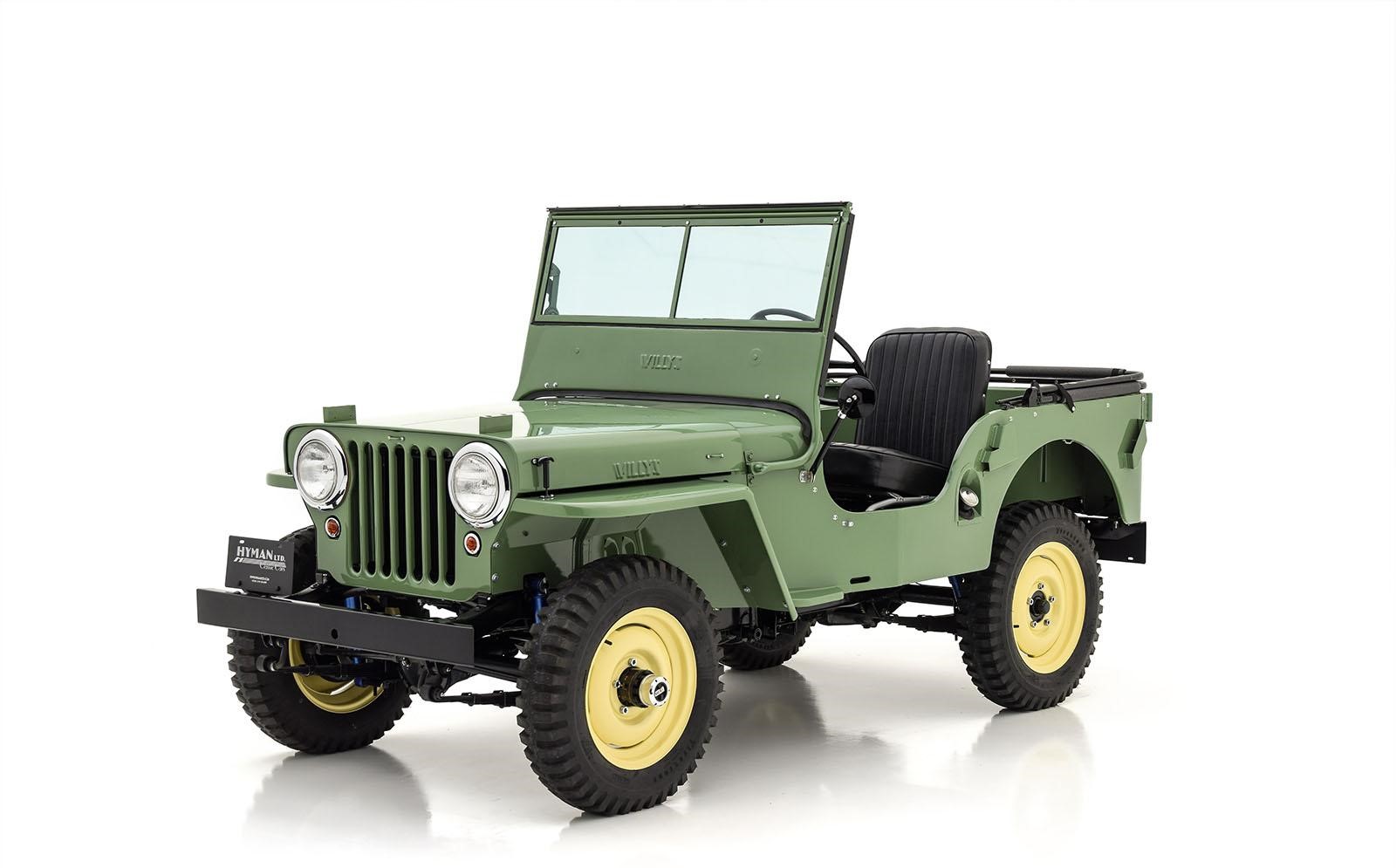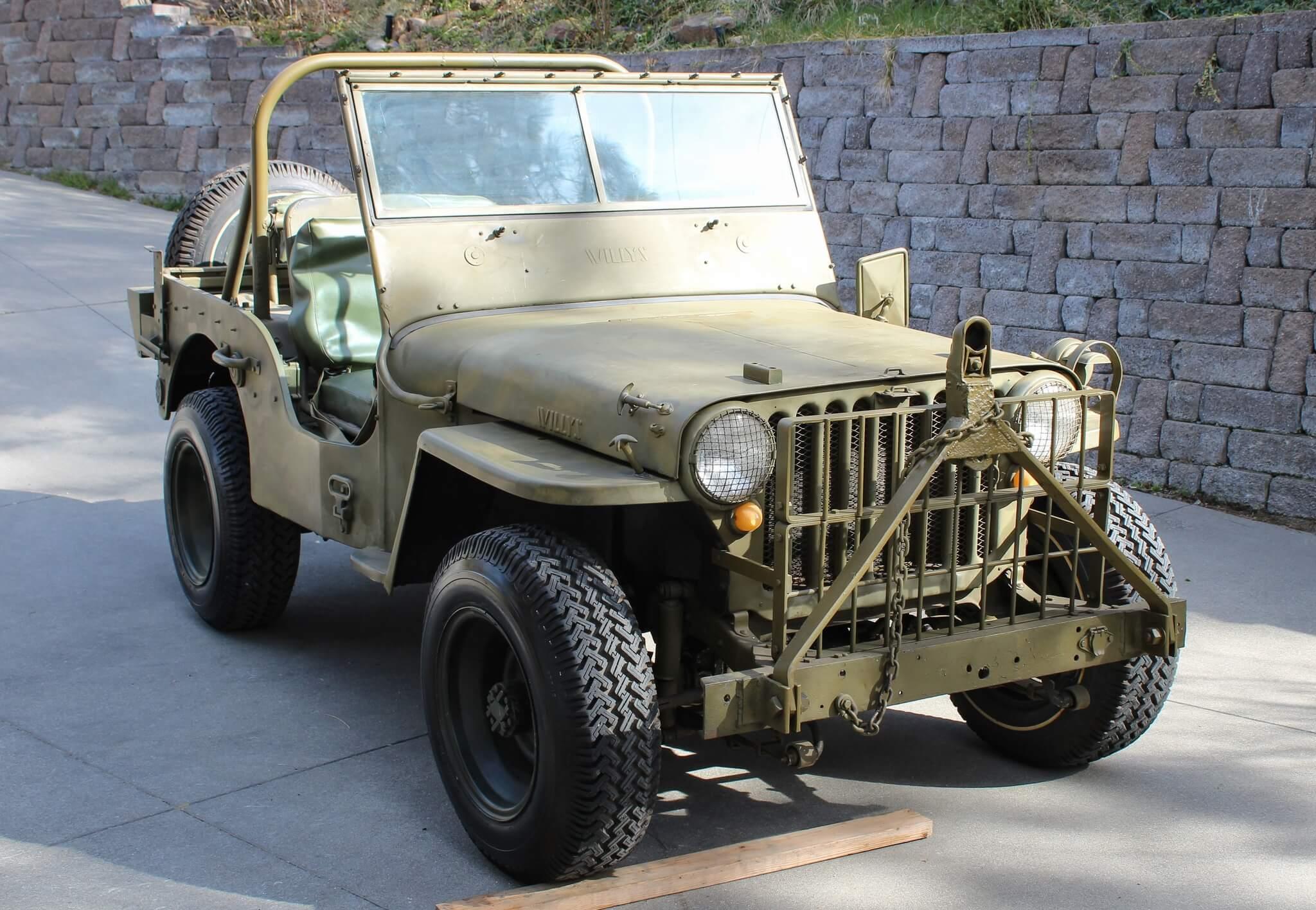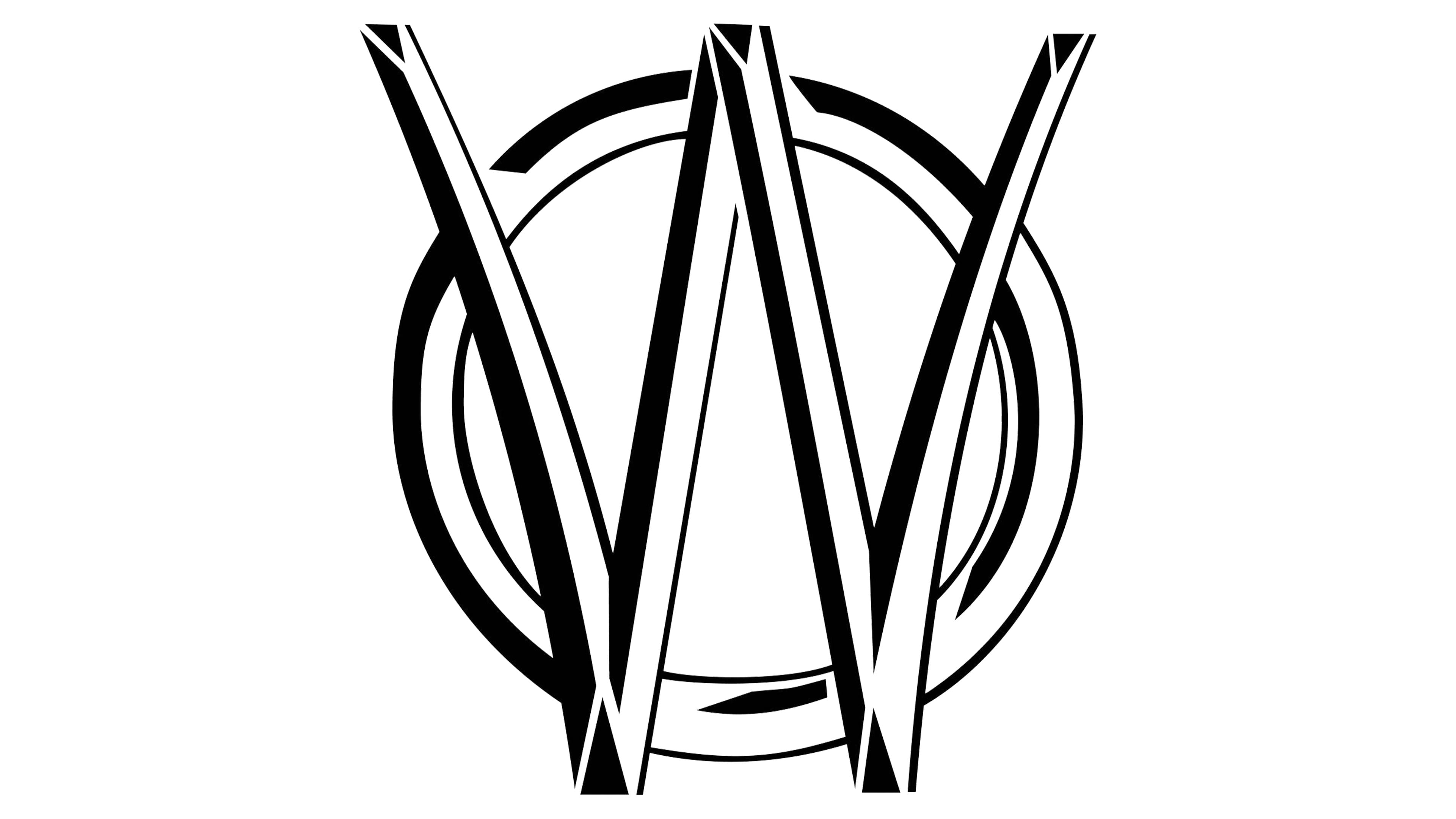1946 Willys Jeep

The descriptions of the Classic Cars in the Directory were partly generated or supplemented with the help of artificial intelligence (AI). The content may occasionally not always be entirely accurate or factually correct despite careful checking.
The Willys Jeep 1946 was a robust and dependable military vehicle that became popular after World War II ended. It was designed to withstand rugged terrain, harsh weather conditions, and combat situations. The Jeep had a two-door body style, with a soft top or hardtop roof, and could seat up to four passengers. The classic Willys Jeep sported a flat front grille, with round headlights, vertical slots, and the Willys logo on the hood. The detailed technical specifications of the Willys Jeep are quite impressive for its time.
The powertrain of the 1946 Willys Jeep consisted of a 2.2-liter inline four-cylinder engine. This engine produced 60 horsepower and 105 lb-ft of torque, which was more than enough for the Jeep's light body and four-wheel-drive system. The transmission for this Jeep was a three-speed manual that was operated through a floor-mounted shifter. The total gear ratio for the Willys was 5:38.
The suspension design of the Jeep featured solid axles at both ends, with leaf springs controlling the ride. The Jeep's tire size is 6.00 x 16, which is not that big of a tire size, but it was enough to handle some off-roading. The transfer case allowed the Jeep to go into four-wheel drive by shifting a lever near the floor shifter. The Jeep had front and rear drum brakes with a hydraulic system, which allowed for consistent braking power.
The Willys Jeep was a compact and agile vehicle that had impressive performance and handling on off-road terrains. It had a top speed of 55 miles per hour, which was decent for road use at the time. The Jeep had a 46.5-inch track width and a wheelbase of 80 inches, making it shorter than most vehicles on the market at the time. The Willys Jeep's ground clearance was roughly 8.5 inches, which gave it the ability to cross rivers and streams.
In conclusion, the Willys Jeep 1946 was a military-inspired vehicle that revolutionized the automotive industry. The Jeep had a simple design, but its engineering and performance were impressive. The Jeep's engine, transmission, suspension, and braking system made it more than capable of handling harsh terrains, and its off-road capability is still admired by enthusiasts to this day. The Willys Jeep 1946 will forever be a classic vehicle that represents toughness, durability, and versatility.
Milestones
- The first civilian Jeep was produced by Willys-Overland in 1945 but was sold as a 1946 model year vehicle. - The Willys Jeep was designed as a small, off-road vehicle intended for use by farmers and hunters but found its way into military use as well. - The Willys Jeep featured a 60 horsepower four-cylinder engine, four-wheel drive, and a manual transmission. - The Willys Jeep was instrumental in post-World War II America as a tool for rural workers, vacationers and outdoor enthusiasts. - The Willys Jeep was produced for several decades and saw a number of design changes and updates before being replaced by the Jeep CJ in 1955.Technical
- Manufacturer: Willys-Overland Motors - Model: CJ-2A - Year: 1946 - Body style: Open-top 4x4 utility vehicle - Wheelbase: 80 inches - Overall length: 132 inches - Overall width: 59.75 inches - Engine: 2.2 L Willys Go Devil inline-four engine - Horsepower: 60 hp at 4,000 rpm - Torque: 105 lb-ft at 2,000 rpm - Transmission: T-90 three-speed manual - Gear ratios: 3.34:1 (1st), 1.72:1 (2nd), 1.00:1 (3rd), and 2.63:1 (reverse) - Transfer case: Dana 18 two-speed, part-time 4WD with high and low range - Front suspension: Solid-axle with leaf springs - Rear suspension: Solid-axle with leaf springs - Brakes: Drum brakes on all four wheels - Steering: Ross cam-and-lever system - Fuel capacity: 10 U.S. gallons - Curb weight: 2,160 pounds - Maximum payload capacity: 800 pounds - Top speed: 60 mph (approximate)

